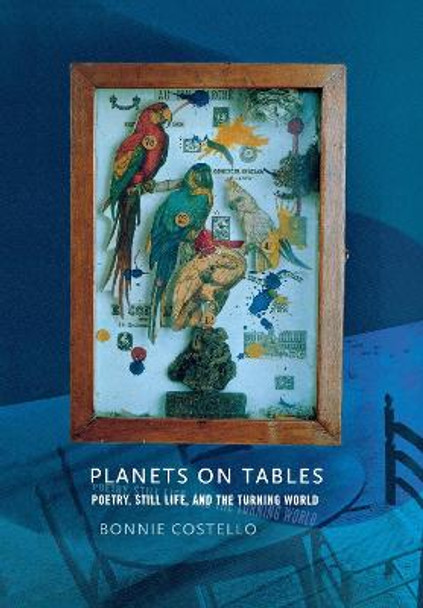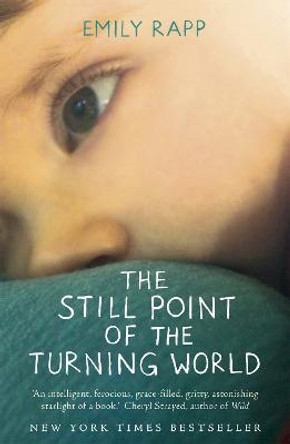Description
Poets have long been drawn to the images and techniques of still life. Artists and poets alike present intimate worlds where time is suspended in the play of form and color and where history disappears amid everyday things. The genre of still life with its focus on the domestic sphere seemed to some a retreat from the political and economic pressures of the last century. Yet many American artists and writers found in the arrangement of local objects a way to connect the individual to larger public concerns. Indeed, the debates over still life reveal just what is at stake in the long-standing quarrel over poetry's meaning and usefulness.
By exploring literary works of still life by Wallace Stevens, William Carlos Williams, Elizabeth Bishop, and Richard Wilbur-as well as the art of Joseph Cornell-the eminent critic Bonnie Costello considers how exchanges between the arts help to establish vital thresholds between the personal and public realms. In her view, Stevens and Williams bring the turmoil of history into their struggle for local aesthetic order; Bishop "studies history" in the intimate objects and arrangements she finds in her travels; Cornell, an artist inspired by poetry and loved by poets, links his dream boxes to contemporary events; and Richard Wilbur seeks to mend a broken postwar world within the hospitable spheres of art and home. In Planets on Tables, Costello describes a period when some of America's greatest poets and artists found in still life a way to "contemplate the good in the midst of confusion," to bring the distant near, and to resist-rather than escape-the pressures of their times.
About the Author
Bonnie Costello is Professor of English at Boston University. She is the author of Shifting Ground: Reinventing Landscape in Modern American Poetry, Elizabeth Bishop: Questions of Mastery, and Marianne Moore: Imaginary Possessions. She is the editor of The Selected Letters of Marianne Moore.
Reviews
Bonnie Costello argues for still life as a mode of juxtaposition that can hold contrary ideas at a standstill without merging or synthesizing them. Far from being a minor genre, still life becomes, for the author, the aesthetic end of the more politicized modernism of the 1930s (a point that is qualitatively different from the argument that still life was deliberately aesthetic). In Costello's modeling, still life is not restricted to its material components but can include radio waves, foreign news, technology, cinema, even the artist's vocation.... She concentrates on one visual artist, Joseph Cornell, juxtaposing him to canonical American poets Wallace Stevens, William Carlos Williams, Elizabeth Bishop, and the academically undertreated Richard Wilbur. In so doing, she virtually wipes out the past generation's distinction between the subjective Stevens and the quasi-objective Williams-a fruitful side effect of her inventive exploration of intermedial crossings.
* Choice *Book Information
ISBN 9780801446139
Author Bonnie Costello
Format Hardback
Page Count 224
Imprint Cornell University Press
Publisher Cornell University Press
Weight(grams) 454g
Dimensions(mm) 229mm * 152mm * 22mm







